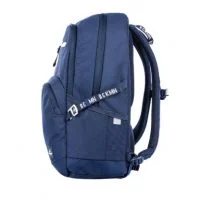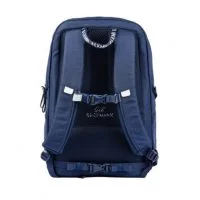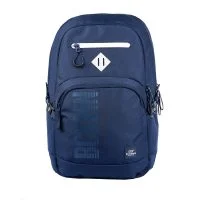Back to School: Back to Healthy Sleep Habits
With kids back in school, it’s important to help them get their sleep habits and schedule back on track. Poor sleep and fatigue can lead to problems with school work, mood swings and overall health.
Alberta’s chiropractors offer the following suggestions for easing your child into a good school-time sleep schedule and helping maintain healthy sleep habits year round.
- Establish a relaxing bedtime routine. Quiet time before bed allows your child to unwind. The routine should include relaxing activities, such as a bath and bedtime story for young children or reading time for older children. This signals the body and mind that it is time to settle down for sleep.
- Avoid large meals before bedtime. A heavy meal may prevent your child from falling asleep as the body works to digest the food.
- Avoid caffeine. Sodas and other caffeinated drinks should be limited after noon and especially at night. A good rule of thumb is to avoid any caffeine six hours before bedtime, as it can interrupt your child’s natural sleep patterns, making it difficult for them to sleep.
- Maintain a relaxing sleeping environment. A dark room, comfortable bed and appropriate room temperature maximize the likelihood of good night’s sleep. Distractions such as televisions, computers or video games should be removed from your child’s room.
- Proper bedtime equipment. The right mattress and pillow are essential. When choosing a mattress for your child, look for one that is comfortably supportive. The mattress should be flexible enough to adapt to the body’s shape while providing firm support. Pillows are also important. For side sleepers, the head, neck and shoulders should remain level with the mid and lower spine. For back sleepers, the head and neck should remain level with the upper back and spine. Avoid pillows that are so thick or thin they angle the head and neck away from the body.
- Proper sleeping position. It is best to sleep on your back or side and not your stomach. Lying on your back or side allows your head, neck and spine to relax into their natural alignment. This helps you to avoid stiffness in the morning.
- Maintain sleep schedule. Once your child’s sleep schedule is established, stick with it. Don’t use weekends to catch up on sleep.
If you or your child experience pain and discomfort at night or have difficulty falling asleep, visit your chiropractor. Chiropractors are trained to treat spinal problems that can interfere with a restful night’s sleep. They can also offer nutritional and lifestyle advice that can help improve sleep quality.





